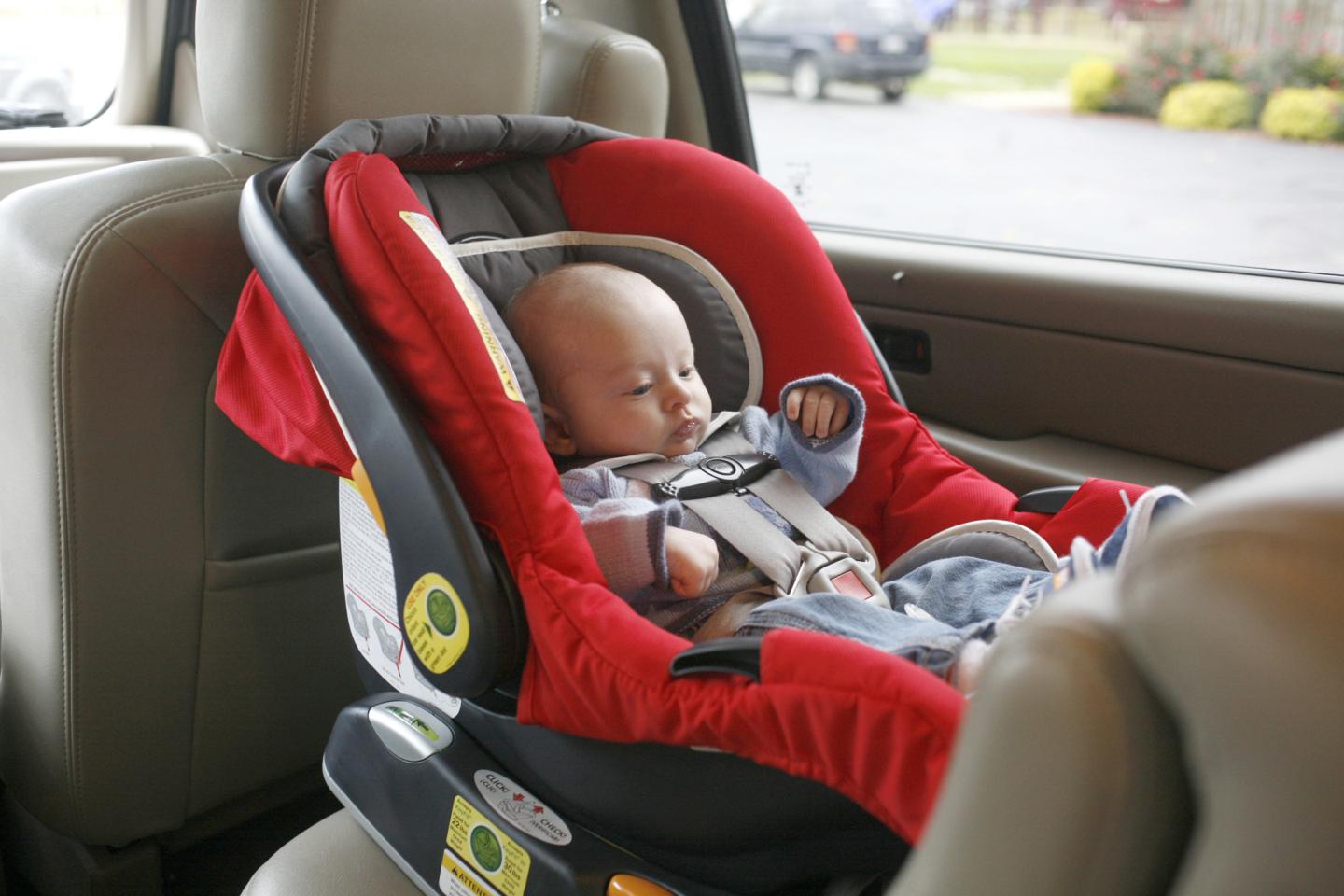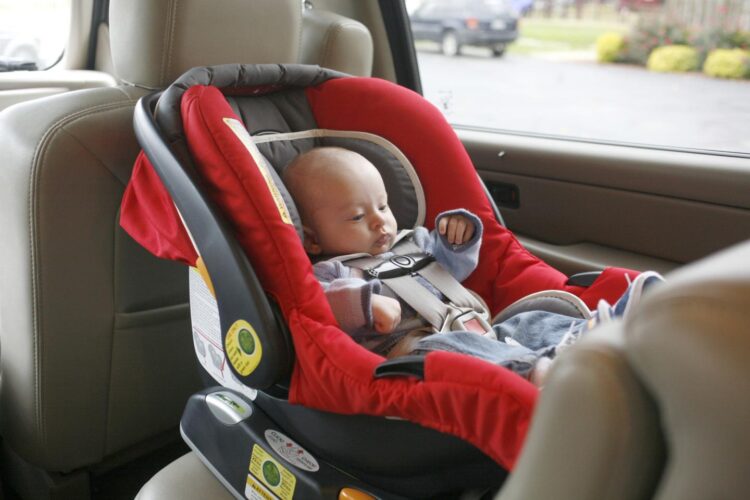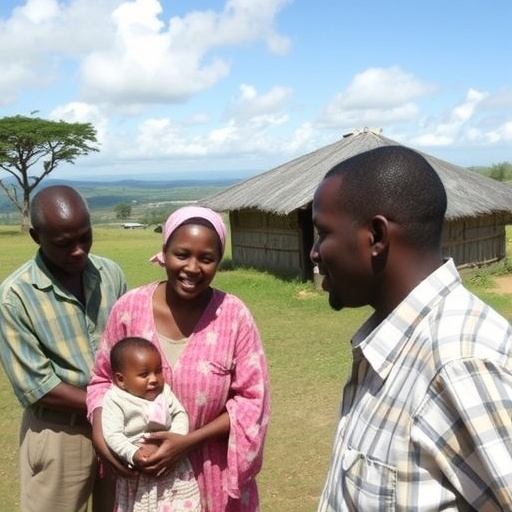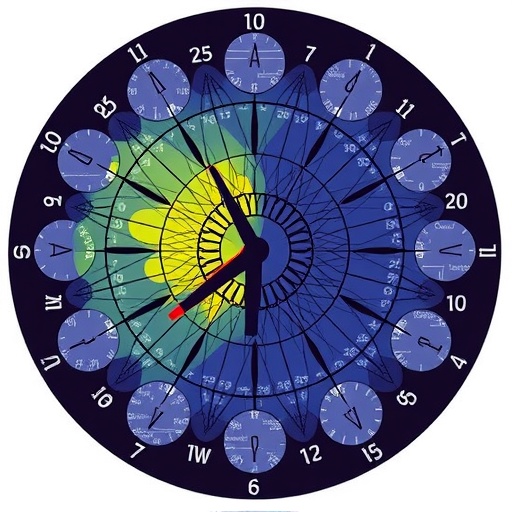UM School of Medicine researchers cite need for clearer guidelines to help hospitals implement consistent safety practices

Credit: NHTSA
BALTIMORE, MD (August 24, 2020) – A new study from the University of Maryland School of Medicine (UMSOM) has found wide variations throughout the United States in the way hospitals ensure that premature or low birth weight infants can breathe safely in a car seat before discharging them. The study, published this month in the journal Pediatrics, found that the same infant who passes a screening in one hospital’s newborn nursery (NBN) may fail in similar facilities at another hospital’s nursery. The authors concluded that “further guidance on screening practices and failure criteria is needed to inform future practice and policy” in order to better protect these vulnerable newborns.
“Proper placement of an infant in their car seat can be a challenge, but it’s important to get it right. Research has shown that 63 percent of infant sleep-related deaths that occur in sitting devices are in car seats,” said the study lead author, Natalie L. Davis, MD, MMSc, Associate Professor of Pediatrics at UMSOM and a Neonatologist at the University of Maryland Children’s Hospital.
The American Academy of Pediatrics (AAP) recommends a car seat tolerance screen (CSTS) for all premature newborns in the U.S. in order to identify any heart or breathing risks that could make use of a car seat unsafe in these babies whose lungs are not fully developed.
“The infants are placed in a car seat with a breathing and heart rate monitor for an hour-and-a-half to two hours to see if they are breathing effectively,” Dr. Davis said. “The problem is that the AAP recommendations do not have specific guidelines on what to test for and how to test, and do not provide much guidance on what doctors should do if infants fail these tests,” said Dr. Davis.
Hospitalized newborns are placed flat on their backs as part of national “Back-to-Sleep” measures to prevent sudden infant death syndrome (SIDS). “In the hospital, we use monitors on at-risk premature babies, and we do not send them home until they have established normal vital signs in their crib,” said Dr. Davis. When at-risk infants are placed in a car seat for the ride home from the hospital, however, the semi-upright sitting position can pose breathing obstacles that may not be obvious in the flat-back position.
To gain a snapshot of CSTS practices today, the researchers conducted a survey across 35 states using a network of hospitals that participate in an outcomes research network. Of the 84 newborn nurseries surveyed, 90.5 percent reported performing a pre-discharge CSTS. Dr. Davis and her colleagues found, however, that newborn nurseries varied in how they selected newborns to be screened and what parameters they used to identify failure on a test. They also had inconsistent practices in how they dealt with a screening failure in terms of recommendations for parents to use special infant car beds instead of car seats and in making referrals to specialists for follow-up monitoring.
Most NBNs surveyed said they did repeat a CSTS after an initial failure, but the timing ranged from an immediate retest, to a minimum seven-day observation before retesting.
In a previous study published earlier this year in the journal Academic Pediatrics, Dr. Davis and her colleagues also found similar inconsistencies in the use of CSTS among infants discharged from neonatal intensive care units in hospitals throughout the country.
Dr. Davis said the findings from both studies highlight the need for more specific recommendations from the AAP to define failure criteria on these tests and recommended steps for follow-up if an infant fails. While she acknowledged that limited data have made it difficult for the AAP to establish evidence-based guidelines, having nationally consistent recommendations could help improve the collection of data and lead to refinement of the advice if needed.
“If we are all doing something similar,” she said, “then we can consistently see if we are actually catching the babies who are at risk and take the appropriate steps we need to modify from there.”
Two areas that can be improved immediately:
- 1. Parents and caregivers can be better educated on the proper placement and fit of an infant in the car seat through the use of child passenger safety technicians at the hospital.
2. Newborn nurseries should arrange for appropriate post-discharge follow-up, particularly if an infant is sent home in a car bed. Parents will need to know when it is safe to transition their baby to an upright infant car seat.
“This research clearly establishes a need for national standards to ensure that hospitals are providing consistent care to neonates,” said E. Albert Reece, MD, PhD, MBA, a specialist in maternal-fetal medicine, who is Executive Vice President for Medical Affairs, UM Baltimore, and the John Z. and Akiko K. Bowers Distinguished Professor and Dean, University of Maryland School of Medicine. “It also points to the need for better data to help inform our medical societies when they make these public health recommendations.”
###
Davis NL, Hoffman BD, Eichenwald EC. Variation in Car Seat Tolerance Screen Performance in Newborn Nurseries. Pediatrics. 2020; 146(2):e20193593 DOI: https:/
Davis NL, Cheo S. A National Survey of Car Seat Tolerance Screening Protocols in Neonatal Intensive Care Units, Academic Pediatrics 2020; DOI: https:/
About the University of Maryland School of Medicine
Now in its third century, the University of Maryland School of Medicine was chartered in 1807 as the first public medical school in the United States. It continues today as one of the fastest growing, top-tier biomedical research enterprises in the world — with 45 academic departments, centers, institutes, and programs; and a faculty of more than 3,000 physicians, scientists, and allied health professionals, including members of the National Academy of Medicine and the National Academy of Sciences, and a distinguished two-time winner of the Albert E. Lasker Award in Medical Research. With an operating budget of more than $1.2 billion, the School of Medicine works closely in partnership with the University of Maryland Medical Center and Medical System to provide research-intensive, academic and clinically based care for nearly 2 million patients each year. The School of Medicine has more than $540 million in extramural funding, with most of its academic departments highly ranked among all medical schools in the nation in research funding. As one of the seven professional schools that make up the University of Maryland, Baltimore campus, the School of Medicine has a total population of nearly 9,000 faculty and staff, including 2,500 student trainees, residents, and fellows. The combined School of Medicine and Medical System (“University of Maryland Medicine”) has an annual budget of nearly $6 billion and an economic impact more than $15 billion on the state and local community. The School of Medicine faculty, which ranks as the 8th highest among public medical schools in research productivity, is an innovator in translational medicine, with 600 active patents and 24 start-up companies. The School of Medicine works locally, nationally, and globally, with research and treatment facilities in 36 countries around the world. Visit medschool.umaryland.edu
About the University of Maryland Children’s Hospital
The University of Maryland Children’s Hospital at the University of Maryland Medical Center is recognized throughout Maryland and the mid-Atlantic region as a resource for critically and chronically ill children. UMCH physicians and staff excel in combining state-of-the-art medicine with family-centered care. More than 100 physicians specialize in understanding how to treat conditions and diseases in children, including congenital heart conditions, asthma, epilepsy and gastrointestinal disorders. The Drs. Rouben and Violet Jiji Neonatal Intensive Care Unit (NICU) provides the highest level of care to the tiniest newborns. To learn more about the University of Maryland Children’s Hospital, please visit http://umm.
Media Contact
BILL SEILER
[email protected]
Related Journal Article
http://dx.





